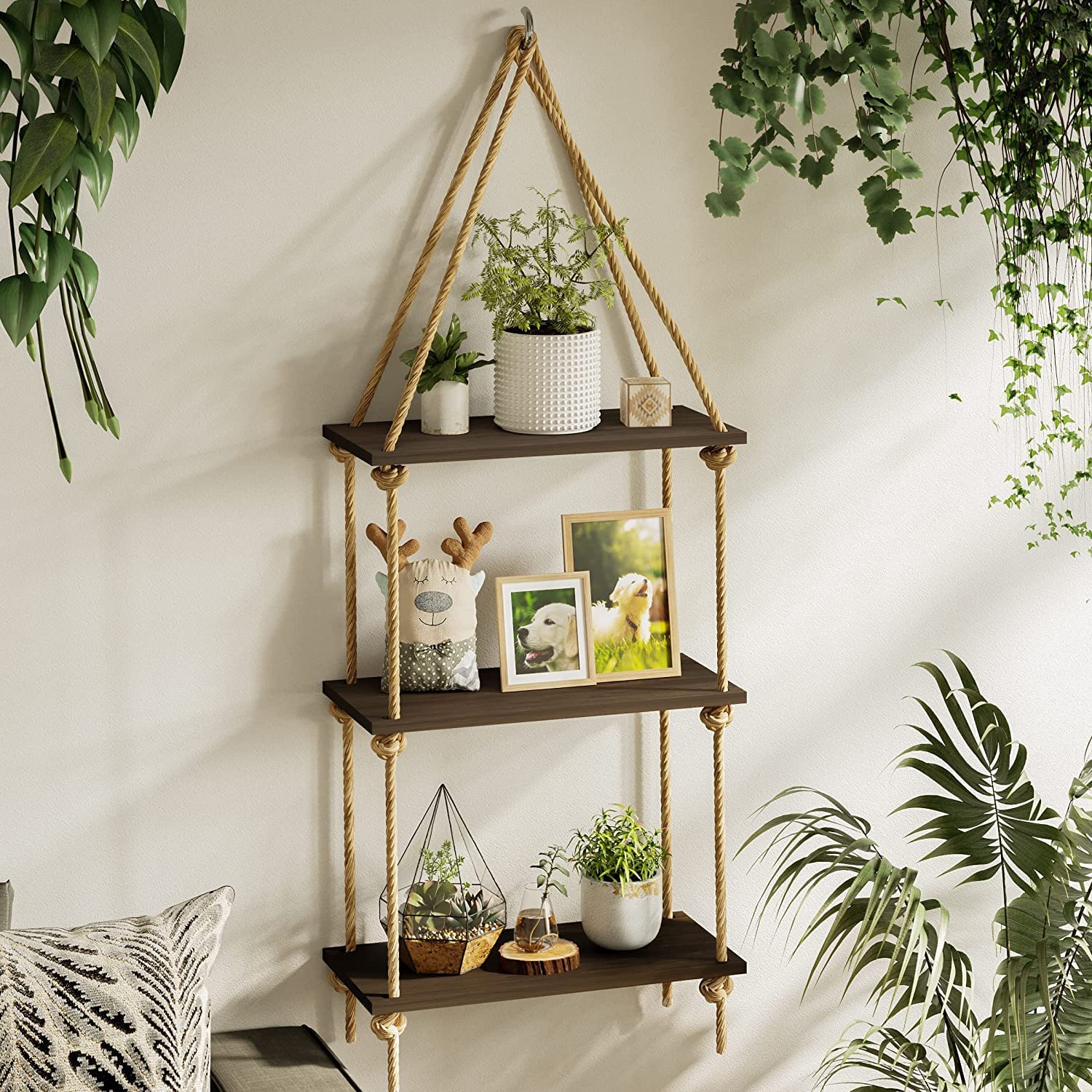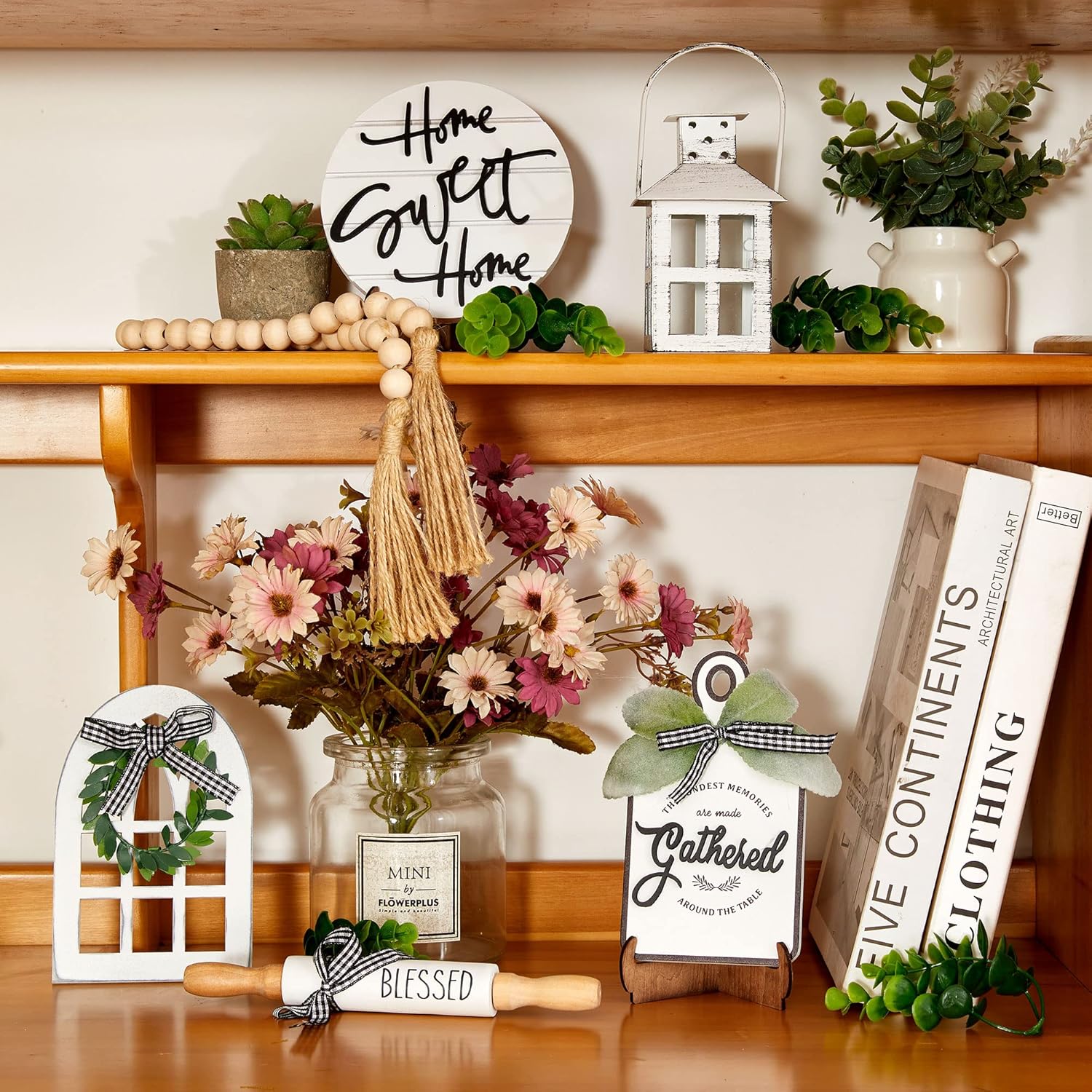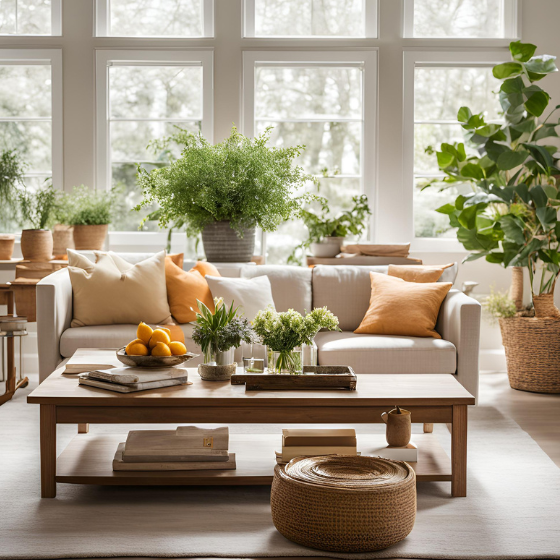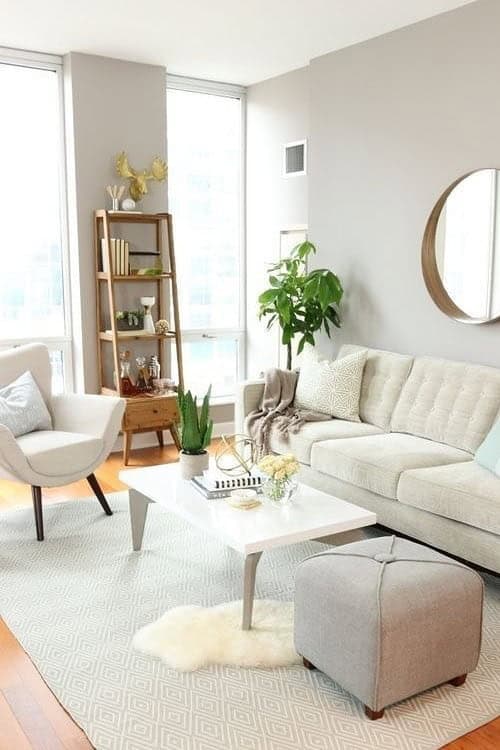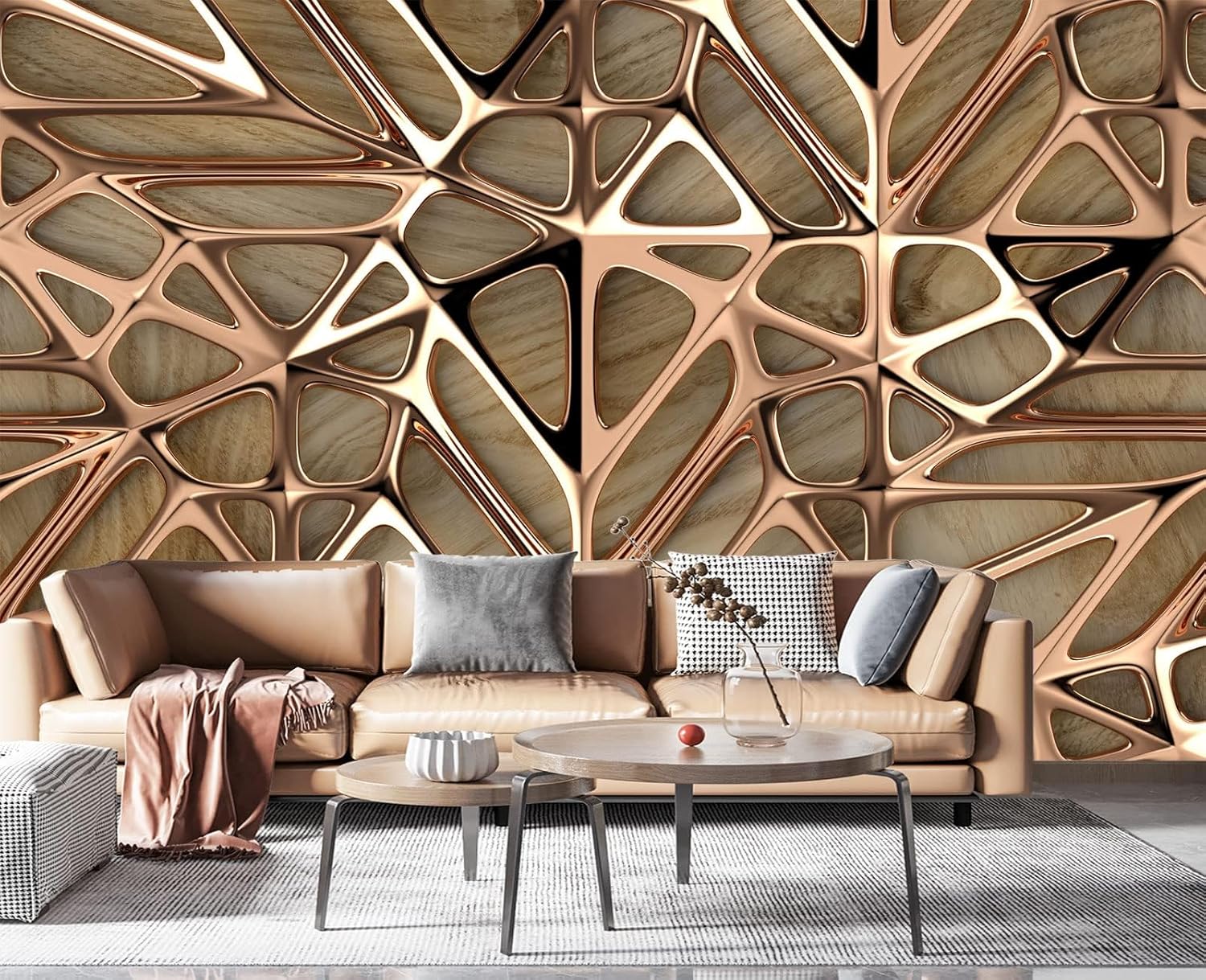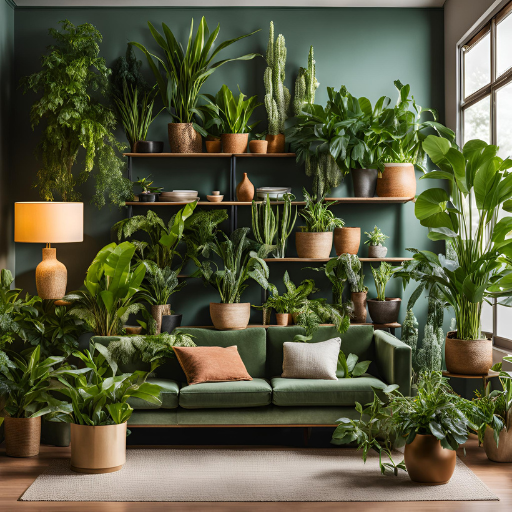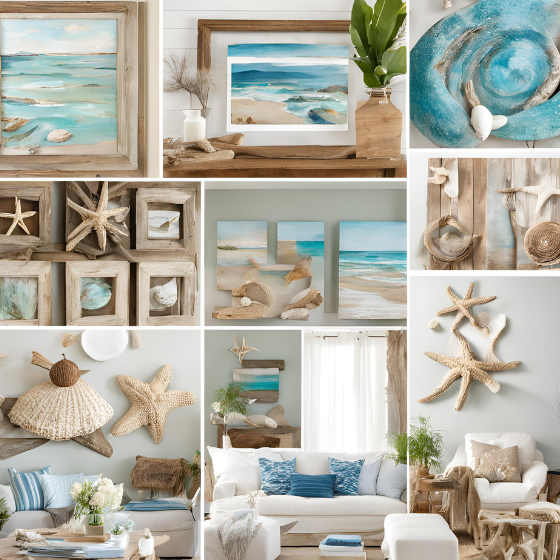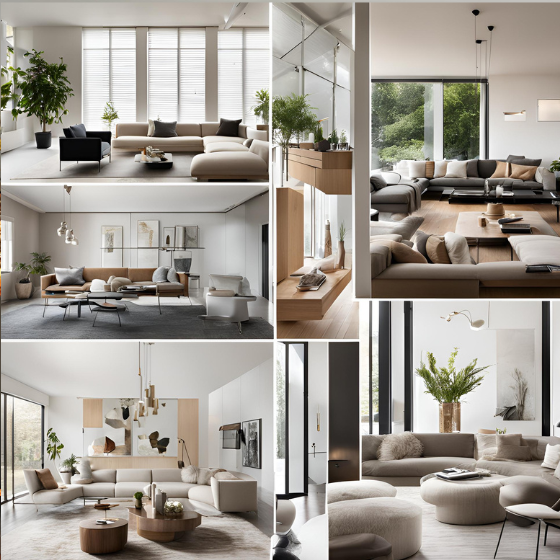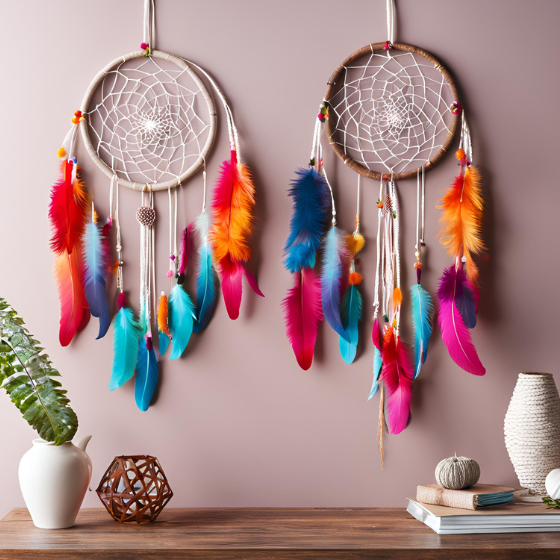30 Items to Remove from Your Living Room for a Better Home
Items to Remove from Your Living Room ; Creating a wonderful home is all about balance—finding the perfect mix of style, functionality, and comfort. The living room, being the heart of the home, deserves particular attention. By carefully curating what’s in the room, you can create a space that feels inviting and serene. In this article, we will explore 30 items that should not be in your living room to help you achieve the home of your dreams. 1. Overstuffed Furniture Overstuffed furniture, such as bulky sofas or armchairs, can overwhelm the living room. They take up valuable space, leaving the room feeling cramped and cluttered. Opting for sleeker furniture with clean lines not only improves the flow of the room but also gives it a modern, airy vibe. While it’s tempting to go for oversized comfort, too much of it can make a room feel suffocating. A few carefully chosen pieces, such as a sofa with slim legs or a chair with a minimalist design, can still offer comfort without sacrificing the room’s openness. Prioritize versatile furniture that enhances the space rather than dominating it. 2. Excessive Throw Pillows Throw pillows, while decorative, can quickly go from cozy to chaotic if there are too many. Piles of pillows scattered on the couch can create an overwhelming visual clutter that detracts from the overall design. Limit the number of pillows and choose those that complement your room’s color scheme or add texture, rather than just filling space. Too many pillows can also be impractical when trying to relax. Instead of constantly moving pillows around to sit down, select a few that are both functional and aesthetically pleasing. Keeping it simple will not only keep your living room tidy but also provide an uncluttered space for relaxation. 3. Too Many Decorative Items Decorative items, while a way to personalize a space, can easily accumulate and overwhelm the living room if not carefully curated. A collection of knick-knacks or too many decorative items can make the space feel crowded and cluttered. It’s essential to keep your décor minimal to maintain an open and airy atmosphere in your living room. Rather than overloading your shelves or tables with small trinkets, focus on a few statement pieces. A single piece of art, a vase with fresh flowers, or a unique sculpture can elevate the space without crowding it. Less is often more when it comes to creating a stylish, cohesive living room design. 4. Unused Exercise Equipment Unused exercise equipment like yoga mats, dumbbells, or resistance bands doesn’t belong in your living room unless you’re actively using them. These items can make the space feel more like a gym and less like a relaxing place to unwind. If you must have them in the room, consider stylish storage solutions that keep them hidden when not in use. Creating a dedicated exercise area in another part of your home can help keep your living room a relaxing space for entertainment or family time. By removing these items from sight, you free up valuable space and maintain the room’s aesthetic appeal. Your living room should be a place of relaxation, not a workout zone. 5. Old Electronics Old electronics like outdated TVs, bulky speakers, and cables can clutter your living room and make it feel dated. These items can distract from your home’s aesthetic, creating a visual imbalance. Upgrading to modern, sleek electronics or hiding cables with stylish storage options helps keep the room looking fresh and clean. In addition, old electronics can be inefficient and take up valuable energy, so it’s worth considering an upgrade. A wall-mounted TV or wireless speakers not only look more polished but also free up space on the floor. This reduces the visual clutter and enhances the overall modern feel of your living room. 6. Worn-out Rugs or Carpets A worn-out rug or carpet can make the entire room feel shabby and uninviting. Faded colors, frayed edges, or stains on your rug draw attention away from the overall design of your living room. Replacing or cleaning your rug can significantly elevate the aesthetic, making the space look refreshed and new. When choosing a new rug, go for a color and pattern that complements your living room’s existing décor. A high-quality rug can act as a statement piece, adding texture and warmth without taking away from the room’s style. Be sure to pick one that fits the size of the room to prevent the space from feeling cramped. 7. Broken or Scratched Furniture Furniture in poor condition, such as scratched tables or broken chairs, instantly brings down the vibe of your living room. Not only does it look unappealing, but it can also be uncomfortable or unsafe. Taking the time to repair or replace damaged pieces can dramatically improve the room’s overall appearance. Furniture doesn’t have to be new, but it should be well-maintained. A quick sanding of a scratched table, a coat of paint, or replacing broken parts can make a huge difference. If repairs aren’t possible, consider donating or replacing the furniture to maintain a polished and stylish living room. 8. Dated Artwork or Frames Dated artwork or mismatched frames can make a living room feel stuck in the past. What once might have seemed stylish now looks out of place in a modern, well-curated space. Updating your artwork with modern or personal pieces will ensure that your living room remains fresh and current. If you’re on a budget, consider framing personal photos or local art for a unique touch. A single large artwork or a small gallery wall can make a bold statement. Choose frames that match the tone of your living room for a cohesive look. 9. Mismatched Furniture Sets Mismatched furniture pieces can create a disjointed and uncomfortable feel in your living room. When the sofa, chairs, and coffee table don’t match or complement each other, it can create a visually chaotic space. A well-coordinated furniture set, whether in color, style, or material, promotes harmony … Read more

